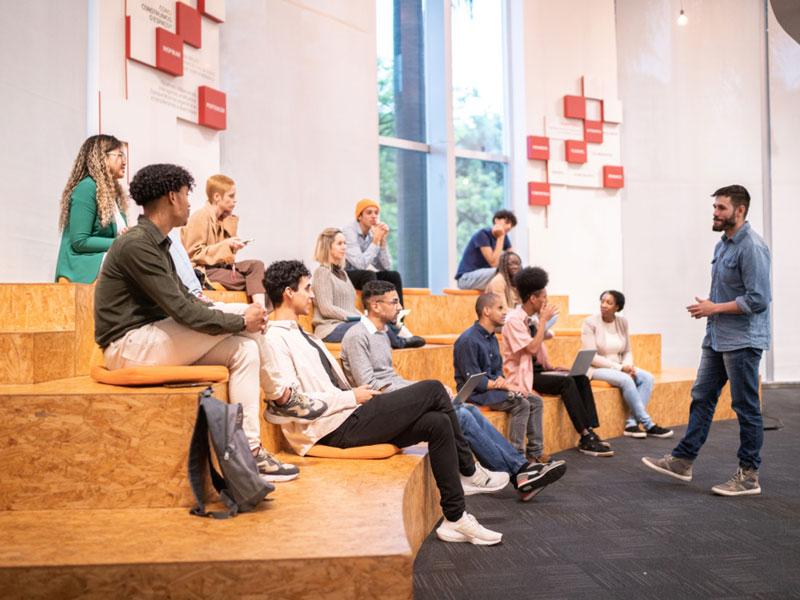With physical estates managed similarly to small cities, universities are uniquely positioned to lead the transition to a sustainable future. This was the central theme at a round table held in partnership with Siemens at the 2025 THE Global Sustainable Development Congress. Faye Bowser, vice-president of the higher education vertical at Siemens, spoke about the steps universities can take to develop more sustainable campuses. The first step is to understand the strategic outcomes of the university to ensure that sustainability goals are connected to the larger vision of the institution, she said.
“Sustainability can be fragmented across institutions,” said Bowser. “It’s better to have data-informed decisions and strategies rather than working on a hypothesis of where to focus.” She discussed how Siemens’ partner institutions – such as the University of East London and the University of Birmingham in the UK – prioritised bringing together data and systems that were previously siloed. This enabled the universities to use data to inform new developments and student research.
Being a relatively young university with a modern campus allowed Shiv Nadar University in India to lay the right foundations for sustainability. However, Deepa Hazrati, senior manager for sustainability at the university, said the challenge that the institution faces is with the uniformity of data. While the university has several sustainable elements such as a biodiversity park, efficient lighting and building management systems within its campus, they remain fragmented.
Student engagement emerged as a crucial theme throughout the discussion. Sally Shaw, associate director of sustainability at the University of Liverpool, emphasised the importance of embedding sustainability across the entire student experience: “A common theme throughout this conference has been around green skills and providing data to students. It’s all about integrating green skills into their day-to-day experience. It’s not just about teaching it on a module, it’s about making it obvious all the time.”
This focus on practical integration was echoed by Andrew Arifuzzaman, chief administrative officer at the University of Toronto Scarborough in Canada, who said that student engagement with the climate emergency is crucial. Universities can support this engagement by sharing data with students regarding the impact they can have, Arifuzzaman said. For example, the University of Toronto Scarborough has built a new hall of residence that reduces energy consumption by 70 per cent. “If we could get this data to students to demonstrate to them that we are making an impact, that’s an area where there is a huge opportunity. It’s about how we use data to change behaviours,” he said.
Working with industry partners can help on several levels, the panel agreed. “When we think about sustainability and the difference it can make for research and education, we quite often think of how it is reflected in your operations and your campus,” said Bowser. “What is the experience that the students get on the reality of those sustainability initiatives and the environment where they’re living and learning?”
Michael Braun, rector of the German University of Technology in Oman, discussed the university’s ongoing partnership with Siemens, which includes a project investigating how the biggest building on campus can reduce its energy consumption by at least a third. “We consider the university as being a laboratory rather than having a laboratory,” said Braun. Such partnerships build the business case for university leaders to invest in smart technological solutions that can be used to design campuses that are sustainable and economically reasonable.
Find out more about Siemens.


comment